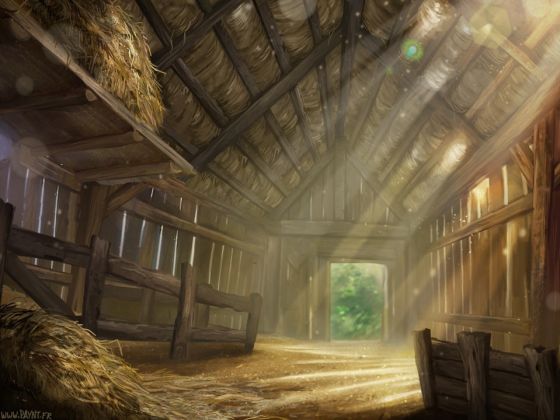Difference between revisions of "Blocks (development)"
From The Authentic D&D Wiki
Jump to navigationJump to searchTao alexis (talk | contribs) |
Tao alexis (talk | contribs) |
||
| Line 1: | Line 1: | ||
[[File:Carter Post.jpg|right|560px]] | [[File:Carter Post.jpg|right|560px]] | ||
| − | '''Blocks''' are physical spaces that act as locations in the game setting, with which the player characters interact. When describing humanoid-made locations, blocks will typically fit within an hexagonal area that is 145 yards in diameter — but a block may describe a notable feature surrounded by a prevalent topography, vegetation or civilisation. Naturally-occurring "blocks" are often much larger, but may be considered a collection of adjacent block-sized hexes sharing the same characteristics. | + | '''Blocks''' are physical spaces that act as locations in the game setting, with which the player characters interact. When describing humanoid-made locations, blocks will typically fit within an hexagonal area that is 145 yards in diameter — but a block may describe a notable feature surrounded by a prevalent topography, vegetation or civilisation. Naturally-occurring "blocks" are often much larger, but may be considered a collection of adjacent block-sized hexes sharing the same characteristics. The blocks that can be found in the world setting are distributed according to their [[Development Levels|development level]]. |
Revision as of 18:56, 6 June 2020
Blocks are physical spaces that act as locations in the game setting, with which the player characters interact. When describing humanoid-made locations, blocks will typically fit within an hexagonal area that is 145 yards in diameter — but a block may describe a notable feature surrounded by a prevalent topography, vegetation or civilisation. Naturally-occurring "blocks" are often much larger, but may be considered a collection of adjacent block-sized hexes sharing the same characteristics. The blocks that can be found in the world setting are distributed according to their development level.
